- Christmas Store
- 0 likes
- 6994 views
- 0 comments
The true story of Santa Claus
The jolly old man who sneaks into our homes every December 24 is beloved around the world and is known by many names. But should he be called Santa Claus, St. Nicholas or Santa Claus? What's the difference? Where does he come from? Is he a Christian saint or a corporate stooge?
In this article we will explore how Santa Claus came about in England at a time when seasonal celebrations were under attack. We will also uncover the transatlantic origins of Santa Claus and discover what happened when these two festive characters met in the 19th century.
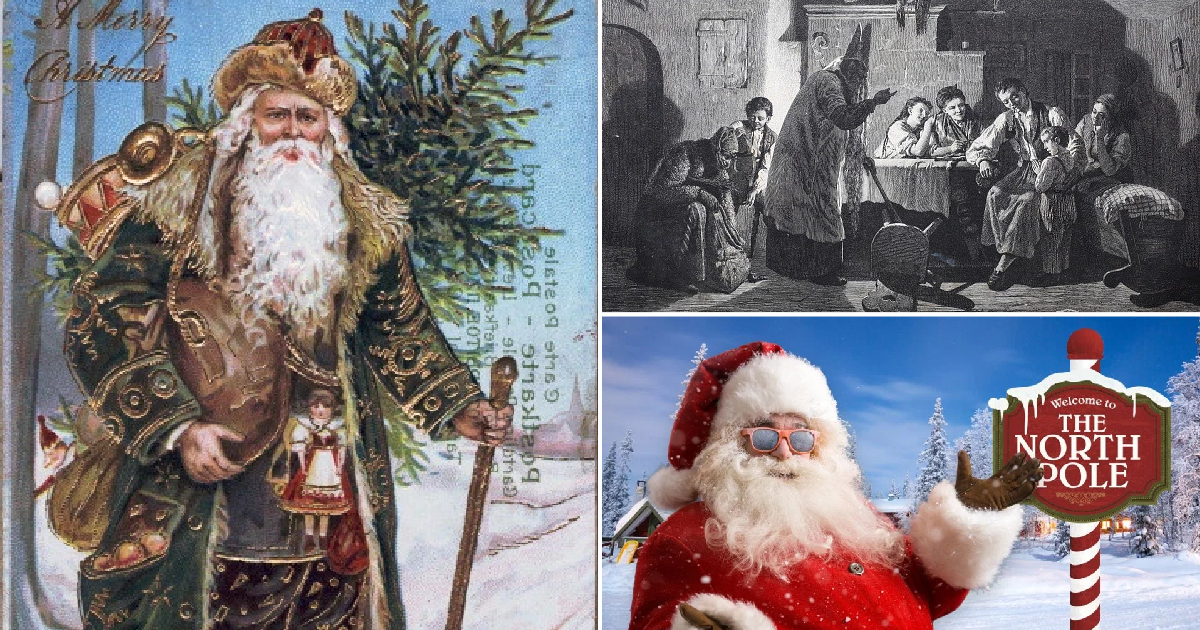
From its beginnings until the 19th century, Santa Claus was a strictly allegorical figure. He was a symbol of the Christmas season, rather than a mythical being.
He was often depicted as a jolly old man presiding over the holidays, rather than a kindly giver of gifts.
And this is largely because Christmas was celebrated differently, with much more emphasis on entertainment for adults, as can be seen in Kenny Meadows' drawing in the Illustrated London News.
The earliest evidence of a personified Christmas is found in a 15th-century carol, in which a character named "Sir Christëmas" shares the news of Christ's birth.
He tells his audience to "be merry and be merry."
Another precursor to Santa Claus is found in York, where a holiday called "Yule Ridings" was held on December 21. A man dressed as Yule would carry cakes and meat through the streets and throw nuts to the crowd. In 1572 the procession was banned after complaints of "very rude and barbarous" behavior.
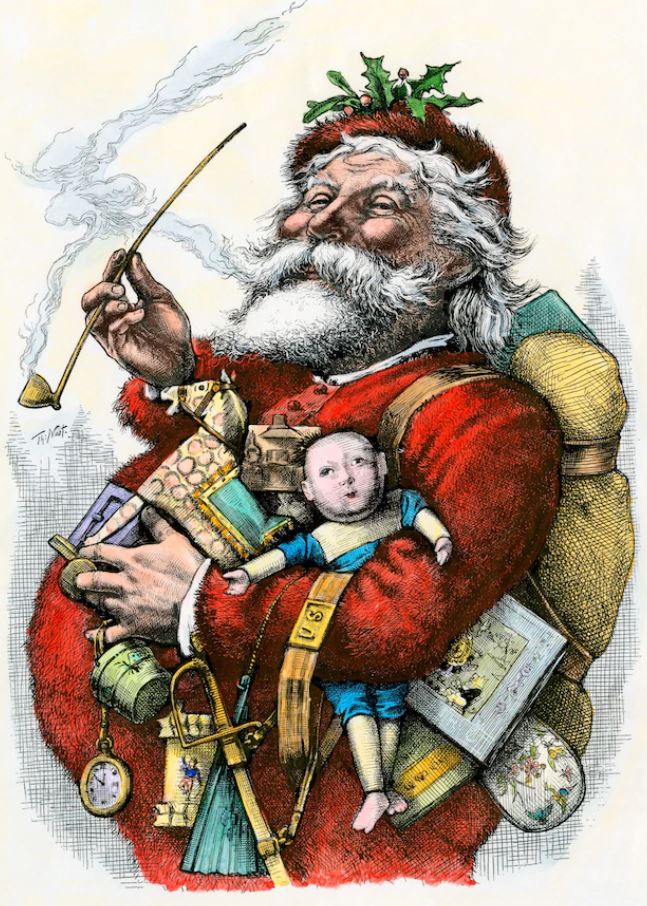
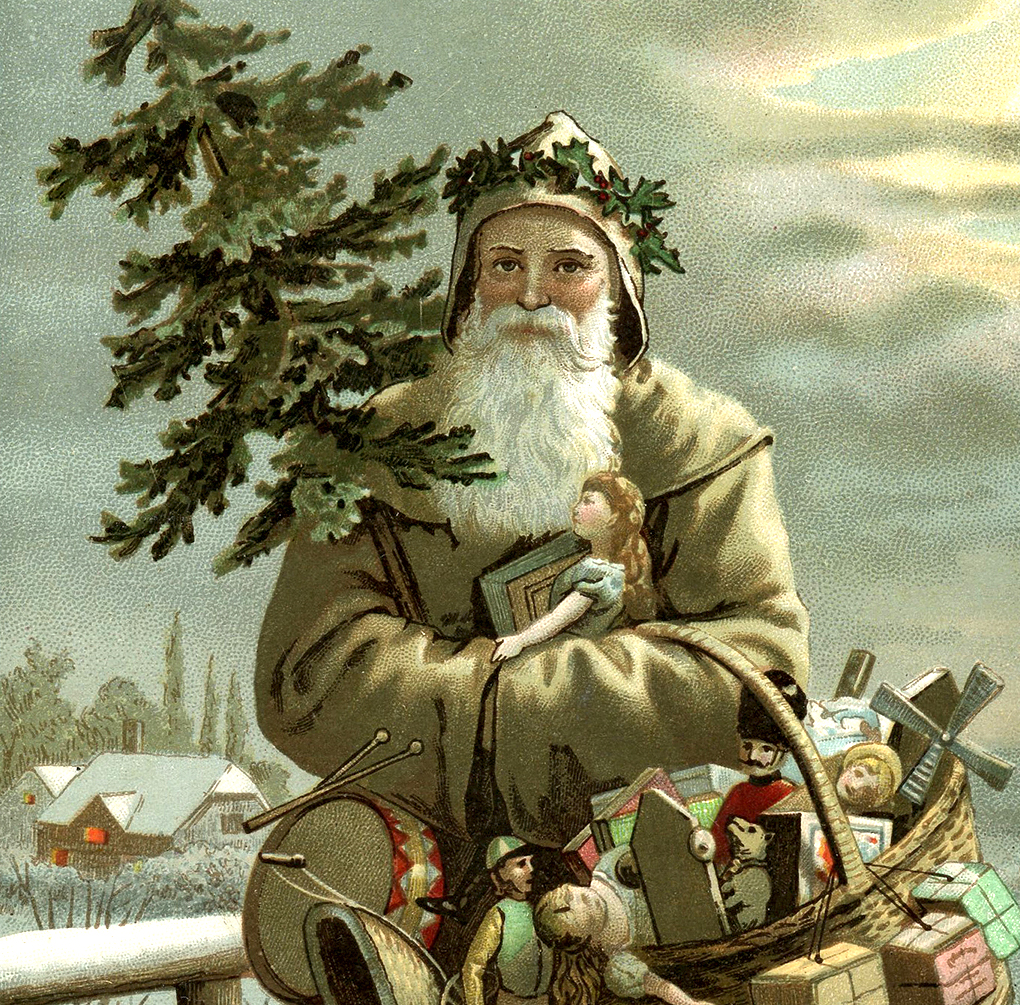
Elsewhere, in Tudor and Stuart times, the "Lords of Misrule" oversaw Christmas celebrations in aristocratic households, and were sometimes given names like "Captain Christmas," "The Christmas Lord," or "Prince Christmas."
But none of these early personifications of Christmas made him a "father" or an elder. For that, the world had to wait for playwright Ben Johnson.
Johnson's play Christmas, His Masque was performed for the royal court in 1616. In the play, the character of "Christmas" appears in old-fashioned clothes and a long, thin beard, calling himself "old Christmas" and "old Gregorie Christmas." He chides the guards for refusing to let him into the feast and argues that he is "as good a Protestant as any in my parish," a biting comment at a time when Christmas celebrations were under attack by Puritans.
Johnson's Christmas character is definitely old, and he's definitely a father. He brings with him several of his sons and daughters, each of whom embodies a different tradition of the season, with names like "Misrule," "Carol," "Mince Pie," "Mumming," and "Wassail." Christmas itself brought no gifts, but one of its children, "New Yeares Gift," brought "an orange and a sprig of rosemarie...with a gingerbread strainer.... [and] a bottle of wine on each arm."
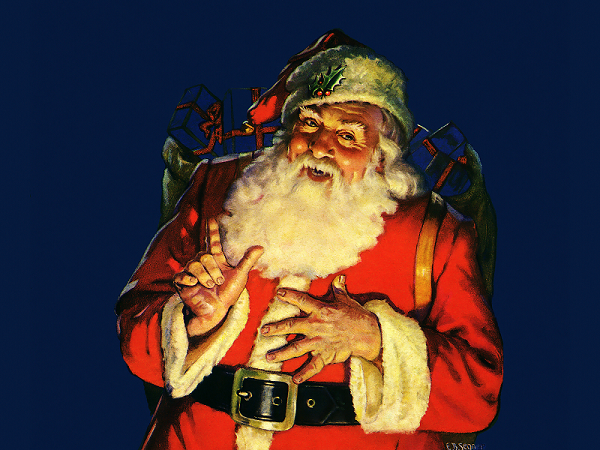
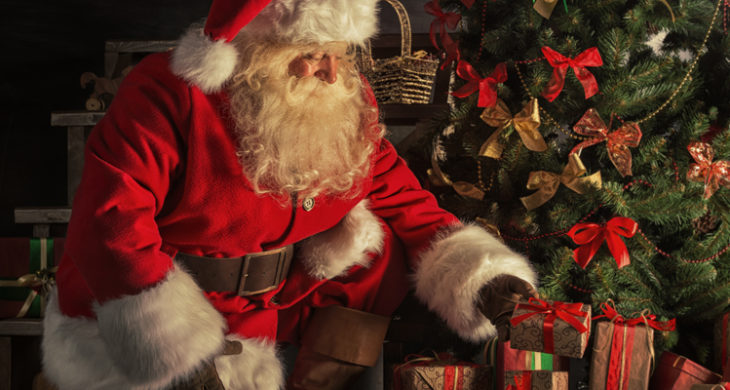
Elsewhere, in Tudor and Stuart times, the "Lords of Misrule" oversaw Christmas celebrations in aristocratic households, and were sometimes given names like "Captain Christmas," "The Christmas Lord," or "Prince Christmas."
But none of these early personifications of Christmas made him a "father" or an elder. For that, the world had to wait for playwright Ben Johnson.
Christmas returned after the Restoration of 1660, and Santa Claus continued to appear in plays and popular theater for the next 200 years. But, as Ronald Hutton says in Stations of the Sun, it was far removed from our understanding of the man:
"He was essentially concerned with the adult world, personifying the party and games, had no connection with gifts and was not treated with much respect, being generally a burlesque figure of fun."
In the first half of the 19th century, Santa Claus experienced a small renaissance. In illustrations he sometimes appears as a wintry little elf with holly garlands on his head, surrounded by food and drink, and he appears in many popular plays of the period. He also looks a lot like the Ghost of Christmas Present from Charles Dickens' A Christmas Carol.
But Christmas was changing. With the Victorian focus on family life and children, it would no longer be just a time for drinking, feasting and merrymaking. And this new kind of Christmas needed a new kind of old man to represent it.
It is not entirely clear how Sinterklaas crossed the Atlantic to North America to become Santa Claus. It is possible that his story reached the Dutch colony of New Amsterdam, which would later become New York.
In 1773, New York's Rivington's Gazetteer reported that the birthday of St. Nicholas, "also called St. Claus," had recently been celebrated by "a large number of the children of that ancient saint."
In 1809, Washington Irvine's New York History claimed that old Dutch families still told stories of Sinterklaas on St. Nicholas Day. He was said to fly over the city in a wagon and down chimneys to deliver gifts. Whether or not Irvine was using poetic license is unclear, but the idea caught on and the legend grew, with a poem about "Sancte Claus" published in the New York Spectator a year later.
Some historians believe that Irving and other New Yorkers were inventing new traditions to create a gentler, more familiar kind of Christmas tradition in the city, which had begun to suffer unpleasant bouts of drunken gang violence in the days around December 25.
In 1821, an anonymous illustrated poem titled "Old Santeclaus with Much Delight" introduced Santa's red coat, reindeer and sleigh, and placed his arrival on Christmas Eve instead of St. Nicholas Day. Two years later, Clement Clark Moore, a Hebrew teacher in the city, embellished the legend in his poem "A Visit from St. Nicholas" (better known to us as "The Night Before Christmas").
In it, St. Nicholas had his bushy beard and a whole herd of magical flying reindeer. His appearance was not that of a Dutch bishop, but was "a very jolly old elf" with "ash and soot-stained clothes," bright eyes, merry dimples, and a beard "as white as snow."
Other writers and artists added new layers to the legend, and gradually "Santa Claus" replaced "St. Nicholas." During several decades of the 19th century he took various forms: tall and short, fat and thin, and his clothes were a rainbow of colors. In 1863, a cartoonist, Thomas Nast, depicted him dressed in the Stars and Stripes, addressing Union troops during the American Civil War.
Nast did more than any other artist to set the standard for Santa's classic appearance. By 1881, Nast had perfected his vision of Santa Claus, as seen in his "Merry Old Santa Claus." His illustrations for "A Visit from St. Nicholas" were very popular, and he introduced the world to Santa's workshop, as well as the idea that his base of operations was at the North Pole.
And while we're here, it's worth noting that the idea that Coca-Cola invented Santa Claus is a myth. Soft drink manufacturers didn't start using him in their advertisements until the 1930s.

 English
English  Español
Español Deutsch
Deutsch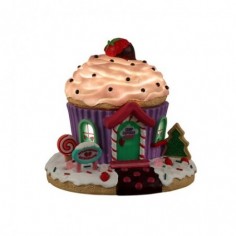
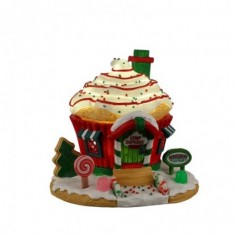
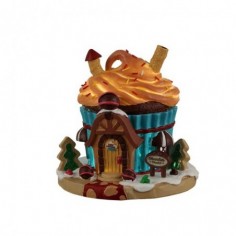
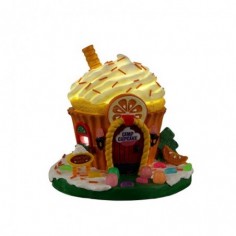
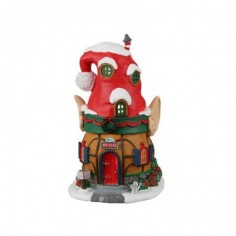

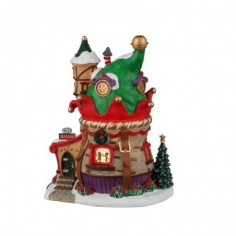
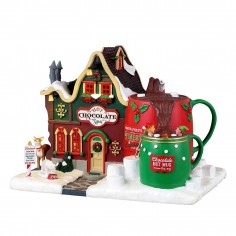
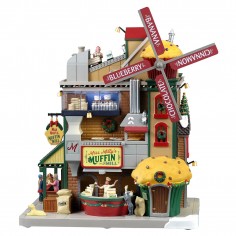
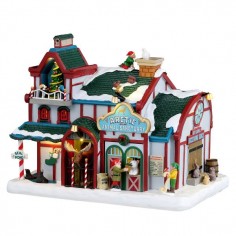
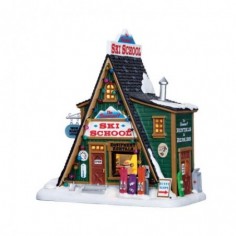
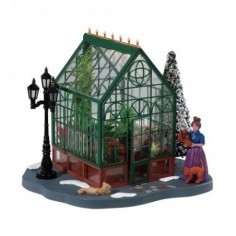
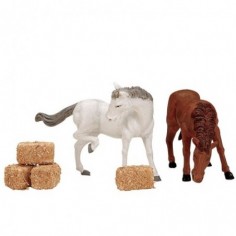
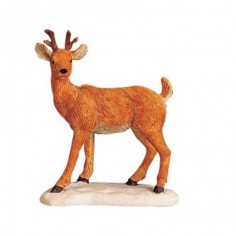
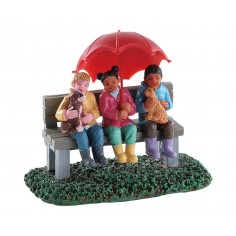
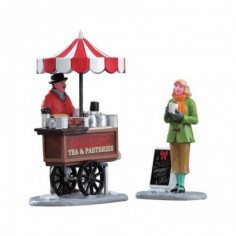
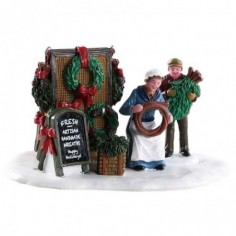
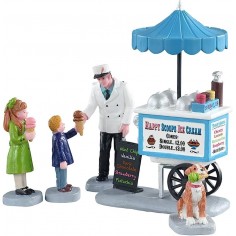
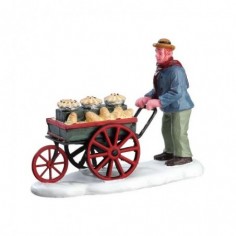
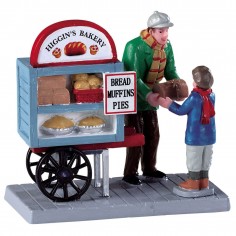
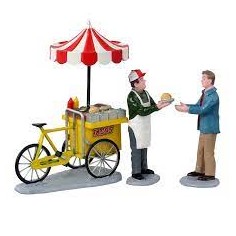
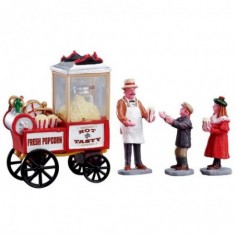
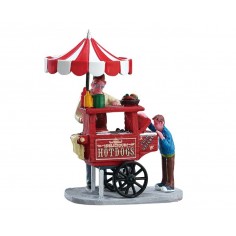
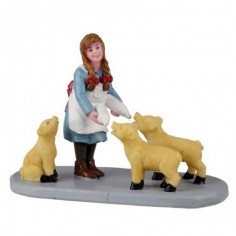
Comments (0)